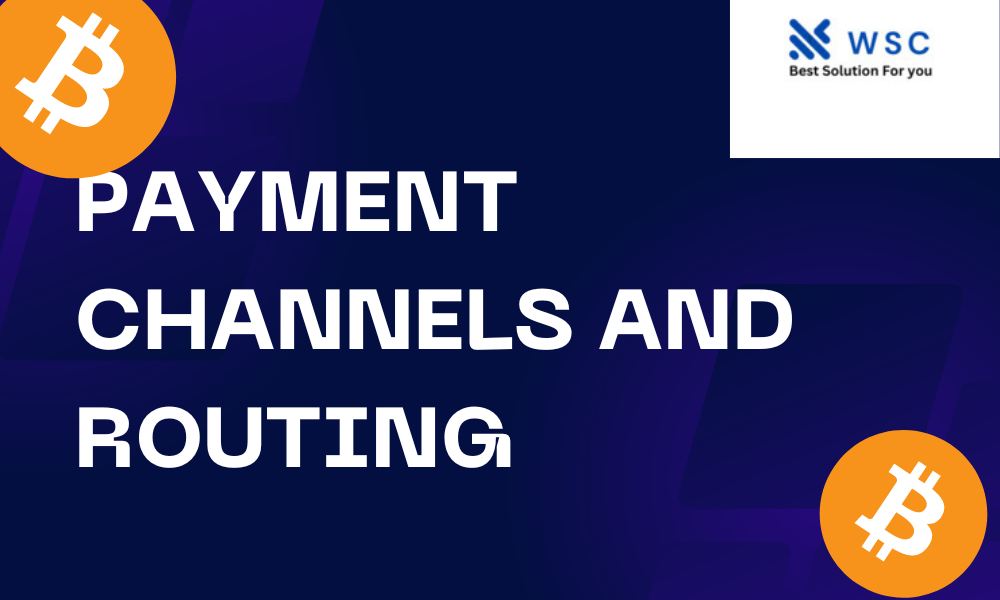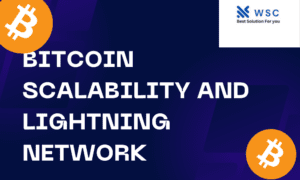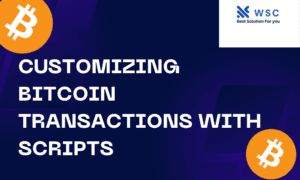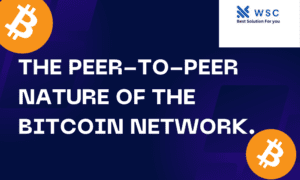In the ever-evolving realm of commerce, the landscape of payment channels and routing stands as the cornerstone for seamless and secure transactions. Understanding the intricate web of payment channels and their routing mechanisms is pivotal in facilitating a smooth and efficient financial ecosystem. Here, at our core, we delve into the depths of this intricate network to unravel the nuances and mechanisms that govern the flow of payments.
The Essence of Payment Channels
Payment channels serve as conduits through which financial transactions traverse, enabling the exchange of value between parties. These channels encompass a myriad of mediums ranging from traditional modes like cash and checks to contemporary digital platforms and cryptocurrencies.
Traditional Payment Channels
Cash: A fundamental mode of transaction, cash transactions are immediate and require no intermediaries. However, they lack traceability and are susceptible to theft and loss.
Checks: Offering a structured and documented form of payment, checks provide a traceable trail of transactions. Yet, they suffer from extended processing times and potential bounce issues.
Bank Transfers: Facilitating secure transactions between bank accounts, this method guarantees safety but often entails transactional delays.
Emerging Digital Channels
Credit and Debit Cards: Widely embraced for their convenience, cards enable swift transactions. However, they involve processing fees and vulnerability to fraud.
Digital Wallets: Evolving as a convenient mobile payment option, digital wallets like PayPal, Apple Pay, and Google Pay offer quick and secure transactions, revolutionizing the payment landscape.
Cryptocurrencies: Disrupting traditional finance, cryptocurrencies like Bitcoin and Ethereum employ blockchain technology, ensuring secure and decentralized transactions. Yet, they face volatility and regulatory uncertainties.
Navigating Payment Routing
Payment routing orchestrates the path a transaction follows, determining its course among various financial entities and networks. Efficient routing optimizes transactional speed, security, and cost-effectiveness.
Understanding Routing Mechanisms
Direct Routing: Involves a direct path between the sender and receiver’s financial institutions, minimizing intermediaries and enhancing transactional speed.
Intermediate Routing: Incorporates intermediary banks or payment processors to facilitate cross-border or complex transactions, ensuring compliance and currency conversion.
Routing Algorithms: Employed by financial institutions, algorithms optimize transactional routes based on factors like cost, speed, and network reliability, ensuring an optimal path for each transaction.
Optimizing Payment Channels and Routing
To optimize payment channels and routing for seamless transactions:
Embrace Diversity
Diversify payment channels to cater to diverse consumer preferences and ensure wider accessibility while mitigating risks associated with relying solely on a single channel.
Prioritize Security
Implement robust security measures like encryption, tokenization, and multi-factor authentication to fortify payment channels against potential threats, fostering trust among users.
Streamline Routing
Leverage advanced routing technologies to streamline transaction paths, reducing latency and enhancing the efficiency of payment flows across various networks and financial institutions.
Stay Compliant
Adhere to regulatory standards and compliance requirements to navigate the complex regulatory landscape, mitigating risks and ensuring legal adherence in transactions.
In Conclusion
The labyrinth of payment channels and routing intricacies constitutes the backbone of seamless transactions. Understanding the diverse array of channels and optimizing routing mechanisms is pivotal in fostering efficient, secure, and user-centric financial ecosystems.
Check our tools website Word count
Check our tools website check More tutorial




